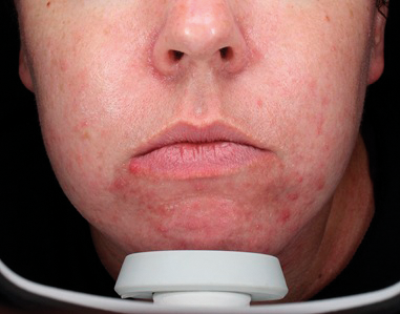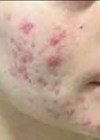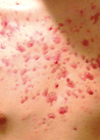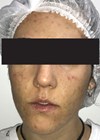Acne vulgaris is the most common skin disease worldwide and inflammatory acne has significant psychological impact with potential for long-term emotional and physical sequelae [1].
Energy based treatments are useful both as adjuncts to traditional therapies and particularly for patients unable or not amenable to antibiotic, hormonal or retinoid based topical or systemic therapy.
Simply stated, the acne lesion is a result of defective keratinisation of the follicular duct resulting in a distended sebaceous follicle which becomes plugged with sebum and debris. Propionibacterium acnes (P.acnes) bacterial overgrowth perpetuates the lesion and contributes to inflammation. Inflammatory lesions, papules and ustules can be large and tender and when persistent over time can lead to scarring.
Pulsed-dye laser (PDL) treatments at the 595nm wavelength (VBeam, VBeam Prima) are indicated for the treatment of acne vulgaris and the mechanism of action is multi-fold. Erythematous papules and pustules have both a vascular and inflammatory component and VBeam has long been shown to be a safe and effective gold-standard technology for the coagulation of vascular lesions. The inflammatory component is improved as PDL energy upregulates TGF-beta, a potent immunosuppressive cytokine [2]. Moreover, reduction of P.acnes by the 595nm wavelength effectively targets porphyrins inducing thermal damage to the bacteria [3].
Our patient population includes both male and female patients over a range of ages from adolescents through to the peri-menopausal period. VBeam is our laser of choice as a safe an effective treatment. Cryogen cooling effectively cools the epidermis and provides comfort especially for our adolescent population. The 595nm wavelength does not have any depilatory effects and can also be used in males without concern for reduction of facial hair. Reduction in lesion size and inflammation is noted rapidly with significant reduction within the first 24 hours after therapy.
Figure 1: The patient before treatment.
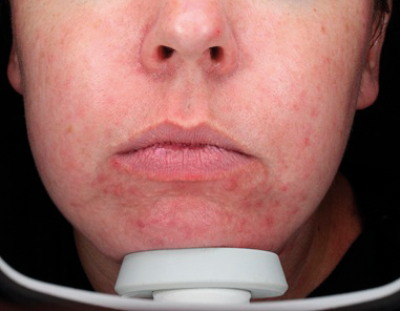
Figure 2: One week post treatment (Vbeam Prima).
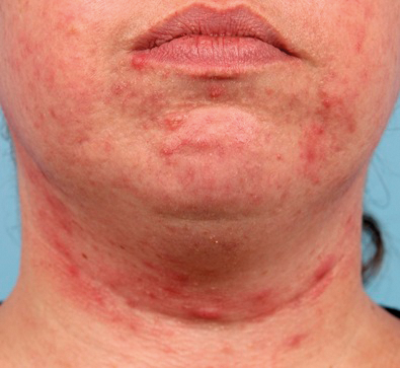
Figure 3: The lower face and neck before treatment.
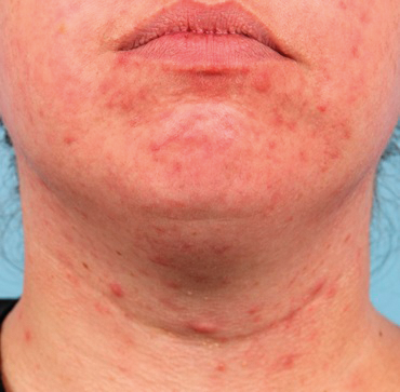
Figure 4: The lower face and neck one week post treatment (Vbeam Prima).
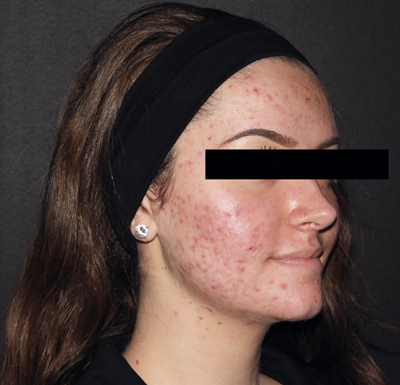
Figure 5: The patient before treatment.
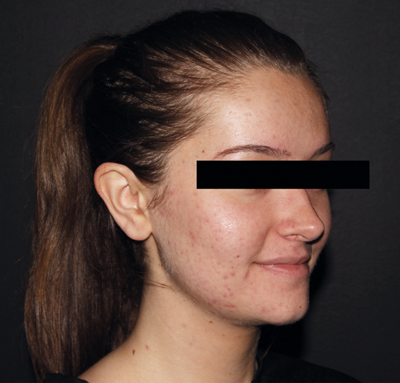
Figure 6: Six months post treatment (five Vbeam and one sublative treatment).
The procedure
Protocol pre-treatment involves withholding any topical or retinol therapy two to three days prior to treatment and can be resumed the day after treatment. Immediately prior, the skin is prepared by thoroughly cleansing and drying.
Typical parameters are as follows:
Spot size between 7-15mm. Smaller spot sizes are only selected in the case of discrete lesions in darker skin type patients up to Fitzpatrick skin type IV.
Otherwise, the 13-15mm spot sizes of VBeam Prima are used to cover the full face over all acne prone areas in two passes. The first pass is a generalised pass with pulse duration of 6ms and energies from 6-7 J/cm2. The second pass covers discrete lesions using 10-15mm spot size selected depending upon the density of the lesions with a 3ms pulse duration and 5-6.5 J/cm2. Dynamic cooling device (DCD) is used with a 30ms spray and 20ms delay. Slight darkening and erythema of the inflammatory lesions is noted as a treatment endpoint. The skin is cooled afterwards and sun protection is applied.
The zoom handpiece and single calibration capabilities of the VBeam Prima make the treatment very fast and easy to apply. The larger spot sizes also increase speed and decrease the number of pulses required for the patient.
Improvement is noted after a single session and the protocol involves monthly treatments for three to five sessions for mild to moderate cases. For optimal results in patients with more significant inflammatory lesions, treatments are scheduled every two to three weeks. Once control is achieved, which is typically within six to eight weeks, the duration between sessions is lengthened to monthly intervals. Treatment of such an important condition is safe, effective and easily applied with the VBeam Prima.
References
1. Kellett SC, Gawkrodger DJ. The psychological and emotional impact of acne and the effect of treatment with Isotretinoin. Br J Dermatol 1999;140:273-82.
2. Seaton ED, Mouser PE, Charakida A, et al. Investigation of the mechanism of action of nonablative pulsed-dye laser therapy in photorejuvenation and inflammatory acne vulgaris. Br J Dermatol 2006;155(4):748-55.
3. Nouri K, Ballard CJ. Lasers alleviate acne. J Cosmet Dermatol 2004;3(3):182-3.
Declaration of competing interests: The author is Medical Director and previously Global Vice President of Clinical Education at Syneron-Candela, manufacturers of the VBeam and VBeam Prima.
COMMENTS ARE WELCOME

